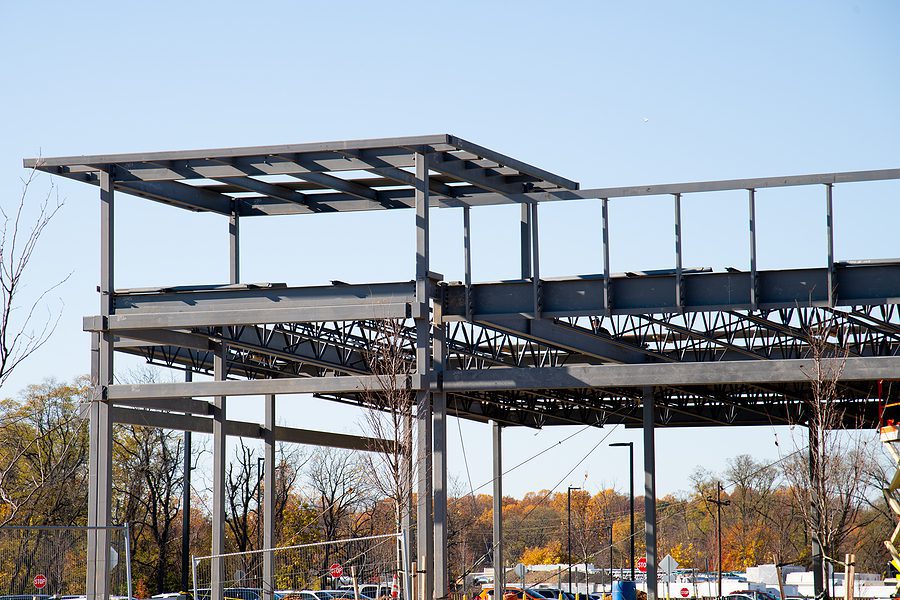Steel vs. Concrete: Which Comes Out on Top
When determining which of the two common building materials come out on top, the answer is: it depends. In many buildings, there are design and durability factors that will make one or the other the right choice, but if both are suitable for the job, the answer isn’t as easy as choosing which is the better choice. Costs, upkeep, installation times, the application, and aesthetics all need to be considered.

When is Concrete Usually Used?
Concrete can be molded to any shape, so it is often used in construction projects. Plain concrete is primarily used in roads and concrete blocks for walls. As these structures need to be able to support compressive loads, concrete holds up very well to these environmental pressures. Concrete reinforced with steel bars is the most common method, used for both buildings and structures such as water tanks.
Benefits of Concrete
Concrete has many benefits. Concrete structures are easily resistant to fire damage, wind damage, and pests. With the appropriate molds, concrete can be cast in nearly every shape. The materials needed for concrete (sand, gravel, water, and cement) are nearly always available and affordable. Concrete prices have remained stable, although concrete can often be the more expensive option to build with, as the professionals and time needed to implement the concrete casting are much higher. Concrete is made of natural materials and can be crushed and reused, minimizing environmental impact. Concrete is naturally fire resistant and resistant to corrosion.
When is Steel Usually Used?
Steel is often used in commercial and industrial buildings, due to structural steel being strong, ductile, and durable. Because of the flexibility of steel, it can be fabricated into nearly any application. Steel also can be worked into the aesthetic of a design in ways that concrete can’t, so steel will often be used when the design aesthetics need to be considered.
Benefits of Steel
Steel has many benefits in construction projects. The recycling factor makes steel much cheaper than concrete, as the majority of all steel manufactured today comes from recycled materials. This means that steel has minimal impact on the environment. Although the price of steel does fluctuate, it is often the more cost-effective option, as the durability means fewer upkeep costs overall. Steel can also be implemented faster due to prefabrication, allowing the actual construction to move more quickly and cost-effectively. Structural steel is strong and durable with high tensile strength. Steel is a non-combustible material, and when coated with fire resistant materials, does not have the compromised strength once present when heated to extreme temperatures. Structural steel is an extremely versatile material to work with. It can be fabricated into customized designs and solutions for endless applications. Steel offers many different aesthetic options and finishes that can be considered when deciding on materials.
Although concrete has excellent compressive strength, the brittle nature of concrete can cause it to fracture under tension. Reinforcing bars of steel are embedded into concrete to combine the compressive strength of concrete and the tensile strength of steel. There are many benefits to both concrete and steel, and when deciding on the materials for your project, it’s important to consider both. A design engineering team can look at the variables involved in your project and determine the right customized solution to meet your needs. If structural steel is the best option, our team of skilled craftsmen can deliver a high quality product you can rely on. Swanton Welding is an industry leader in custom welding and metal fabrication. Contact us today for a quote on your next project.

